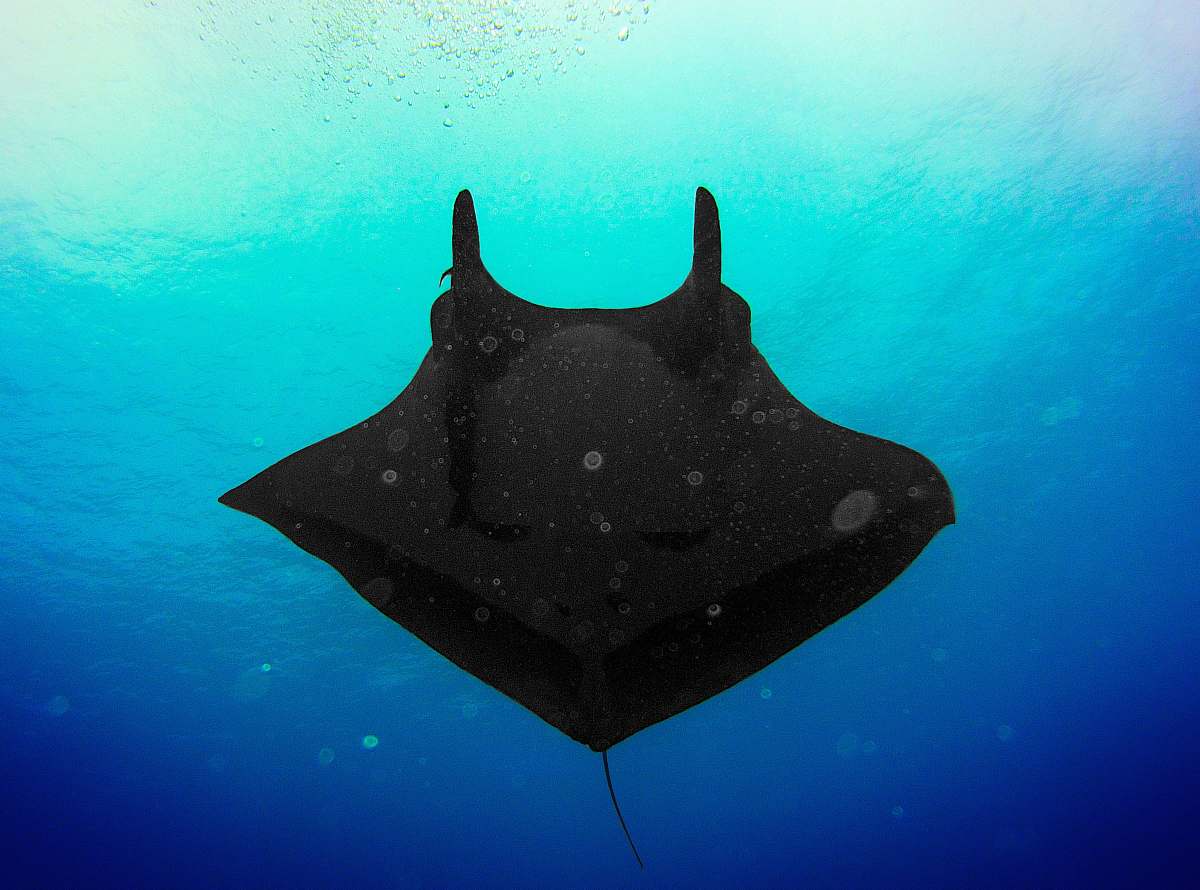
Working loads are typically between 50% and 90% of the proof test value. Manta Ray and Stingray anchors can be proof tested up to 90% of yield strength. A minimum overburden of 1.5 metres must be maintained for Manta Ray anchors and 2 metres for Stingray anchors.

Stingrays mind to themselves most of the time. Manta rays are very curious about people and come up to them. Many stingrays are in aquariums and can be petted on the back. Mantas are rarely kept in captivity as only four in the world are.
#Manta ray sting full
Stingray anchors should be installed a minimum of 3 metres behind the failure plane after proof testing. Lastly, a full sized Manta is much bigger than a full sized stingray. The increase is dependent upon the grout length and soil type.įor retaining structures, Manta Ray anchors should be installed a minimum of 2 metres behind the failure place after proof testing. They are not designed to react compressive, lateral, or shear loads, however, they can be made to do so by the addition of grout, which will increase the holding capacity, sometimes very significantly. Manta Ray and Stingray anchors are designed to react tensile loads along the axis of the anchor rod. Typically, a pilot hole is required for these installations, but sometimes anchors can be simply driven into weathered, layered, decomposing rock.

Although they are not intended for installation in rock, some models can be successfully installed into rock formations with low Rock Quality Designation. Soils with blow counts of 35 to 50 and higher, often require the installer to drill a pilot hole prior to installation in order to achieve an efficient installation time. In softer soils, it is limited by the soil strength. In harder soils, the installed capacity is limited by the ultimate strength of the anchor. The smaller anchor models are used in harder soils or where lowers loads are required.

Manta Ray and Sting ray anchors are tensile anchors designed to work well in soils with SPT blow counts (N) from 3 to 50. Insulators or insulating membranes should always be used to separate dissimilar metals. Temporary works, using cast iron galvanised anchors with either high tensile steel tendons/ bars or galvanised tendons or bars.Īll of the above are subject to prevailing ground conditions and the presence of any aggressive properties such as acids or stray electrical currents.


 0 kommentar(er)
0 kommentar(er)
